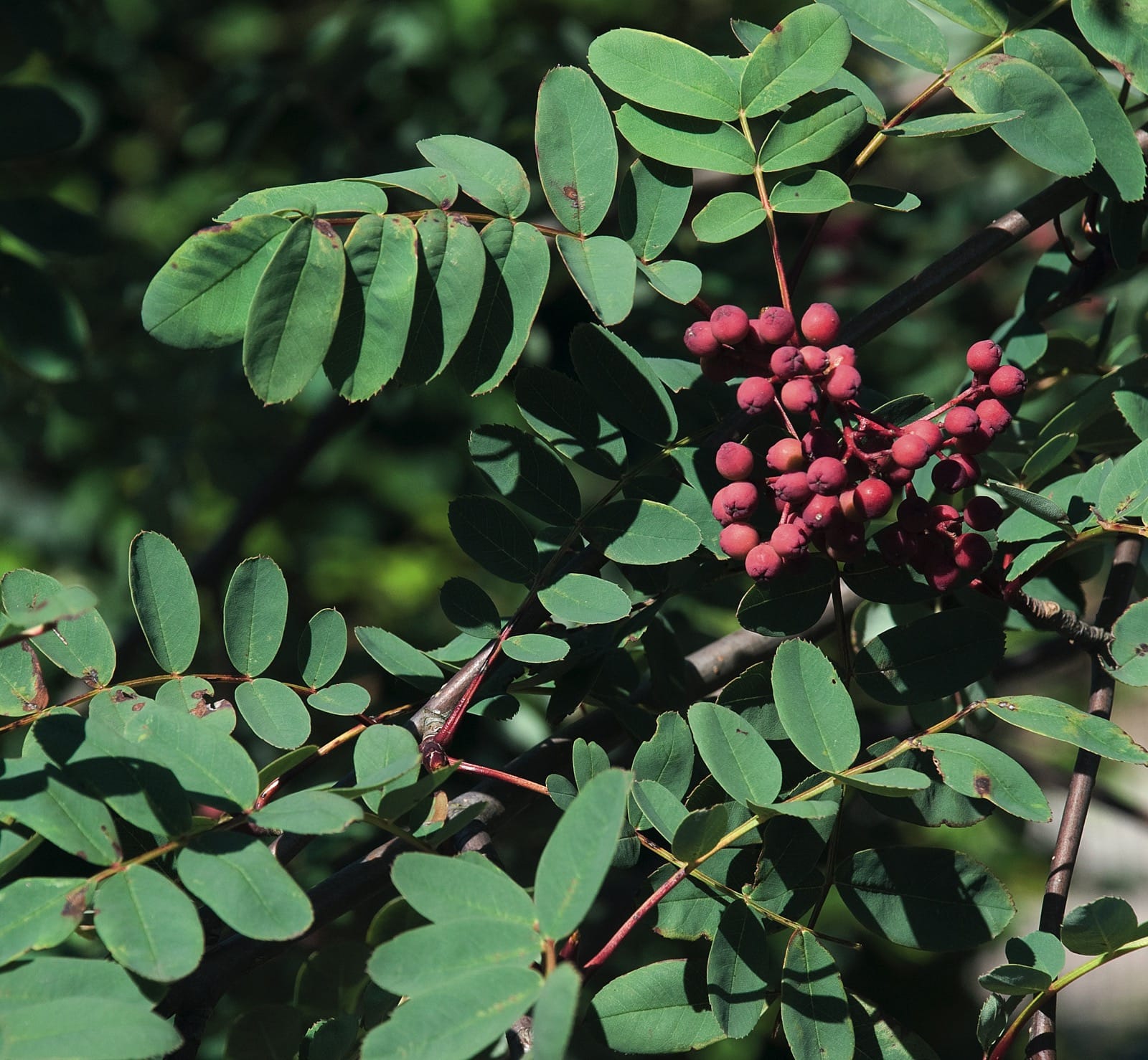Sorbus coxii
Sponsor
Kindly sponsored by
This genus has been sponsored and new text is being prepared.
Credits
Article from New Trees by John Grimshaw & Ross Bayton
Recommended citation
'Sorbus coxii' from the website Trees and Shrubs Online (treesandshrubsonline.
Genus
Other taxa in genus
- Sorbus americana
- Sorbus amoena
- Sorbus arachnoidea
- Sorbus aucuparia
- Sorbus carmesina
- Sorbus cashmiriana
- Sorbus commixta
- Sorbus decora
- Sorbus discolor
- Sorbus ellipsoidalis
- Sorbus esserteauiana
- Sorbus fansipanensis
- Sorbus foliolosa
- Sorbus forrestii
- Sorbus glabriuscula
- Sorbus glomerulata
- Sorbus gracilis
- Sorbus helenae
- Sorbus hupehensis
- Sorbus hypoglauca
- Sorbus insignis
- Sorbus 'Joseph Rock'
- Sorbus khumbuensis
- Sorbus koehneana
- Sorbus kongboensis
- Sorbus kurzii
- Sorbus lingshiensis
- Sorbus matsumurana
- Sorbus microphylla
- Sorbus muliensis
- Sorbus olivacea
- Sorbus parvifructa
- Sorbus pohuashanensis
- Sorbus poteriifolia
- Sorbus prattii
- Sorbus pseudohupehensis
- Sorbus pseudovilmorinii
- Sorbus randaiensis
- Sorbus reducta
- Sorbus rinzenii
- Sorbus rubescens
- Sorbus rufopilosa
- Sorbus rushforthii
- Sorbus sambucifolia
- Sorbus sargentiana
- Sorbus scalaris
- Sorbus sitchensis
- Sorbus tianschanica
- Sorbus ursina
- Sorbus vilmorinii
- Sorbus wallichii
- Sorbus wilsoniana
Tree probably to 10–15 m. Leaves to 13 cm long, with five to eight pairs of similarly sized leaflets. Leaflet margins dentate on upper half on spur shoots. Fruit white flushed with crimson, 0.8–0.9 × 0.8–0.95 cm; carpels (three to) four to five. Tetraploid apomict (2n = 68). McAllister 2005a. Distribution CHINA: Yunnan (east flank of the Lijiang range). Habitat Presumably mountain woodland or scrub. USDA Hardiness Zone 6 (?) Conservation status Not evaluated. Illustration NT25.
Sorbus coxii was named in honour of the Cox family of Glendoick, Perthshire, well known for their hereditary interests in rhododendrons and plant-hunting, and in whose gardens at Glendoick this microspecies was first recognised (by Hugh Mc-Allister in 1998), in the form of two trees presumably originally grown from Forrest 5550, collected in 1910. Sorbus coxii is also in section Discolores, and is similar to S. pseudohupehensis, though the foliage is more green and the leaflets are all of similar sizes. It is also close to S. muliensis (Forrest 22177), and McAllister (2005a) compares the two in tabular form. His conclusion is that they are distinct, but very similar, apomictic microspecies.

